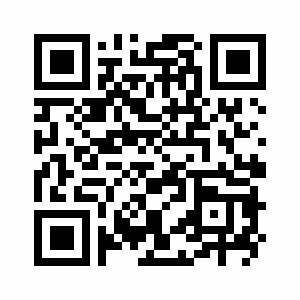Separate sources close to local and federal police investigations in New York and Ohio, who asked to remain anonymous as they weren’t authorized to speak on record, said it was now relatively common for fingerprints of the deceased to be depressed on the scanner of Apple iPhones, devices which have been wrapped up in increasingly powerful encryption over recent years. For instance, the technique has been used in overdose cases, said one source. In such instances, the victim’s phone could contain information leading directly to the dealer.
And it’s entirely legal for police to use the technique, even if there might be some ethical quandaries to consider. Marina Medvin, owner of Medvin Law, said that once a person is deceased, they no longer have a privacy interest in their dead body. That means they no longer have standing in court to assert privacy rights.
Relatives or other interested parties have little chance of stopping cops using fingerprints or other body parts to access smartphones too. “Once you share information with someone, you lose control over how that information is protected and used. You cannot assert your privacy rights when your friend’s phone is searched and the police see the messages that you sent to your friend. Same goes for sharing information with the deceased – after you released information to the deceased, you have lost control of privacy,” Medvin added.
Police know it too. “We do not need a search warrant to get into a victim’s phone, unless it’s shared owned,” said Ohio police homicide detective Robert Cutshall, who worked on the Artan case. In previous cases detailed by Forbes police have required warrants to use the fingerprints of the living on their iPhones.
[…]
Police are now looking at how they might use Apple’s Face ID facial recognition technology, introduced on the iPhone X. And it could provide an easier path into iPhones than Touch ID.
Marc Rogers, researcher and head of information security at Cloudflare, told Forbes he’d been poking at Face ID in recent months and had discovered it didn’t appear to require the visage of a living person to work. Whilst Face ID is supposed to use your attention in combination with natural eye movement, so fake or non-moving eyes can’t unlock devices, Rogers found that the tech can be fooled simply using photos of open eyes. That was something also verified by Vietnamese researchers when they claimed to have bypassed Face ID with specially-created masks in November 2017, said Rogers.
Secondly, Rogers discovered this was possible from many angles and the phone only seemed to need to see one open eye to unlock. “In that sense it’s easier to unlock than Touch ID – all you need to do is show your target his or her phone and the moment they glance it unlocks,” he added. Apple declined to comment for this article.
Source: Yes, Cops Are Now Opening iPhones With Dead People’s Fingerprints

